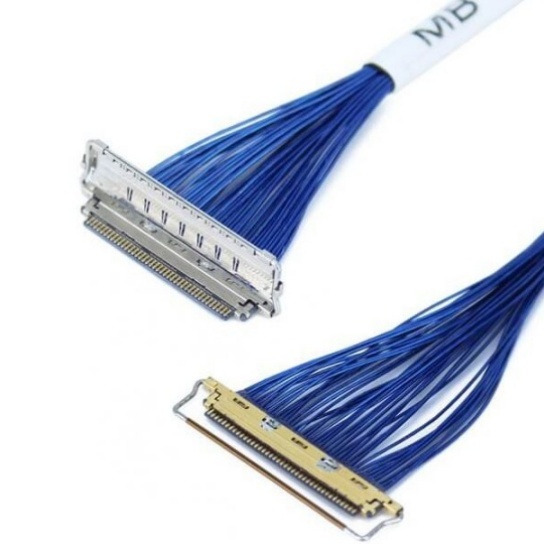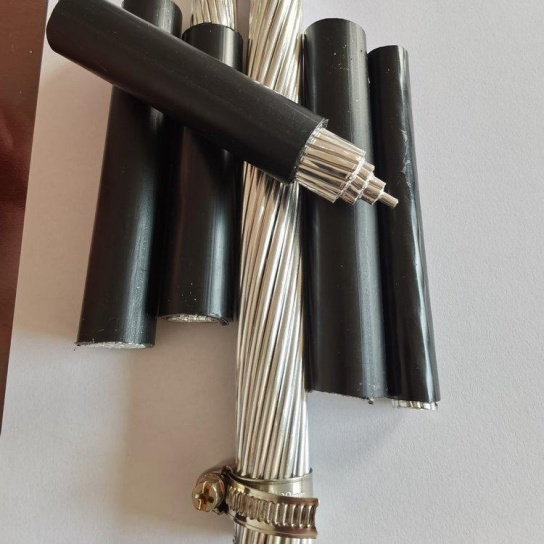Wireless Power Takes Flight: Drones and Aviation Cables Pioneer Remote Charging Tests
The phrase “Wireless Power Tested via Drone Aviation Cables” might sound contradictory at first glance. How can “wireless” involve cables? This intriguing headline captures a groundbreaking approach overcoming a major barrier: distance. Researchers are harnessing drones to deploy specialized aviation cables, creating long-distance tethers for testing wireless power transfer (WPT) technologies in challenging, real-world environments. It’s not the cable itself transmitting power wirelessly, but enabling the critical infrastructure needed to evaluate true long-range WPT systems safely and effectively.
Beyond the Cable: The Core Wireless Power Transfer Technology
The core innovation being tested remains Wireless Power Transfer (WPT). Key methods include:
- Magnetic Resonance Coupling: Using precisely tuned coils of wire to create strong magnetic fields resonating between a transmitter (on the ground/drone) and a receiver (on another drone/structure). Efficiency is highly dependent on precise alignment and distance.
- Microwave Power Transmission: Converting electricity into focused microwave beams (similar to Wi-Fi but much more powerful and directed) sent from a ground station to a rectifying antenna (“rectenna”) mounted on the target drone.
- Laser Power Transmission: Utilizing high-intensity, precisely aimed lasers directed at photovoltaic cells on the receiving drone, converting light energy back into electricity.
Why Drones and Aviation Cables? Solving the Long-Range Test Dilemma
Testing high-power, long-range WPT safely presents unique challenges:
- Safety: High-power laser beams or microwaves can be hazardous to people, wildlife, and aircraft. Testing requires controlled airspace and vast, clear separation zones.
- Infrastructure: Building large, fixed transmitter platforms and receiver towers across kilometers is prohibitively expensive and inflexible.
- Flexibility: Quickly testing different distances, alignments, and environmental conditions is difficult with permanent infrastructure.
Drones equipped with specialized aviation cables provide an elegant solution:
- Tethered Power Source: The cable delivers reliable, high-capacity grid power directly to the transmitter system mounted on the drone. This allows the transmitter to operate at high power levels without relying on limited onboard drone batteries.
- Flying Test Platform: The drone lifts the transmitter precisely into position, whether it’s needed to hover steadily kilometers away from a ground receiver or to align perfectly with a receiver on another drone or stationary structure (like a remote sensor tower).
- Mobility & Cost: A drone platform is vastly more affordable and adaptable than building fixed towers across vast distances. It allows researchers to rapidly reconfigure test scenarios and explore diverse geographic locations and altitudes.
- Safety: By physically tethering the power source drone, the dangerous wireless transmission path (microwave, laser, etc.) can be directed far away from populated areas or sensitive zones. The cable ensures the drone’s operational time isn’t limited by its internal battery for these extended tests.
How the “Wireless Power via Cable-Equipped Drones” Test Concept Works (Illustrative Scenario):
- Setup: A heavy-lift drone takes off carrying a high-power WPT transmitter (e.g., large microwave emitter or laser source). A robust aviation cable, connected to a ground-based high-voltage power supply, provides electricity.
- Positioning: The drone flies to the predetermined test distance (e.g., 1 km, 5 km). The aviation cable unreels accordingly.
- Alignment: Sophisticated gimbals and tracking systems on both the drone transmitter and a distant target receiver ensure precise alignment crucial for efficient WPT.
- Activation & Measurement: Wireless power transmission (microwave, laser) is activated. Power levels transmitted, received, and overall efficiency are meticulously measured. Environmental impacts like weather are also monitored.
- Data Collection: All test parameters and results are recorded for analysis.
- Retrieval: Upon test completion, the drone reels in the cable as it returns to base.
The Transformative Potential: Applications Unlocked
Successfully maturing this drone-enabled WPT testing could unlock revolutionary applications:
- Perpetual Drone Flight: The holy grail. Mid-flight recharging could enable drones to operate for days, weeks, or even months without landing, revolutionizing persistent aerial surveillance, environmental monitoring (e.g., tracking wildfires, wildlife), border security, telecommunications relays, and large-scale aerial mapping.
- Powering Remote & Off-Grid Infrastructure: Charging sensors on offshore wind turbines, mountaintop weather stations, isolated scientific equipment, or pipeline monitoring sensors – eliminating the logistical nightmare and cost of battery replacement or running physical power lines.
- Emergency Response & Disaster Recovery: Rapidly deploying drone-mounted power transmitters to provide critical electricity to cut-off areas for communications, medical equipment, or temporary lighting before physical grid restoration is possible.
- Enhanced Overhead Line Monitoring: Utility drones inspecting power lines could be powered directly from the line itself during flight (a close-range variant of WPT), vastly extending inspection range and frequency without recharging interruptions.
Challenges & Risks on the Horizon
Despite the promise, significant hurdles remain:
- Beam Efficiency & Safety: Maintaining high power transfer efficiency over kilometers, especially through varying atmospheric conditions, is difficult. Stray radiation poses safety risks requiring robust failsafes and exclusion zones during operational use. Developing advanced tracking and beam-forming technologies is critical.
- Regulatory Maze: Aviation authorities must establish new frameworks for safely operating high-power laser/microwave emitters in national airspace alongside other aircraft. Spectrum allocation for power transmission is another complex challenge.
- Integration Complexity: Creating drones capable of carrying heavy WPT transmitters and power electronics while managing high-power tethers requires significant advancements in drone design, materials science, and power electronics miniaturization.
- Cost & Scaling: The initial technology will be expensive. Achieving cost-effectiveness for widespread deployment will take significant R&D investment and economies of scale.






